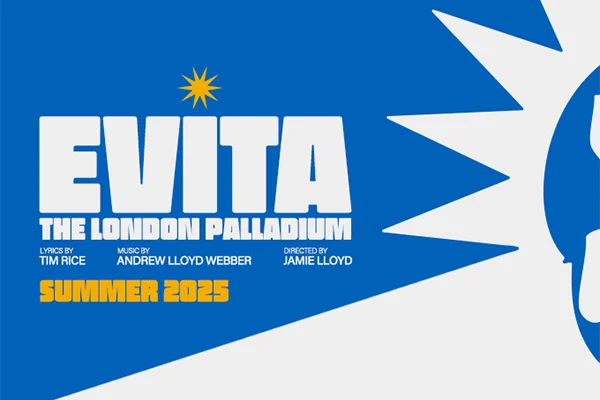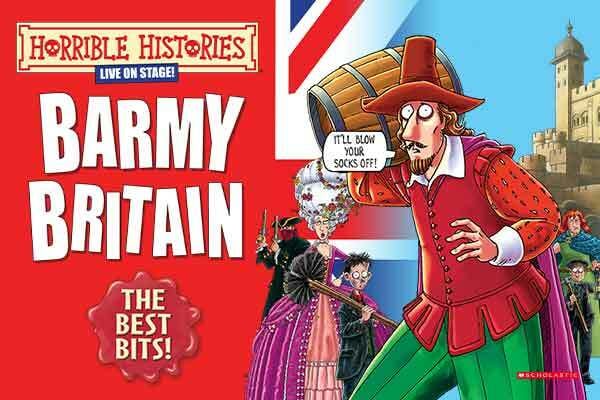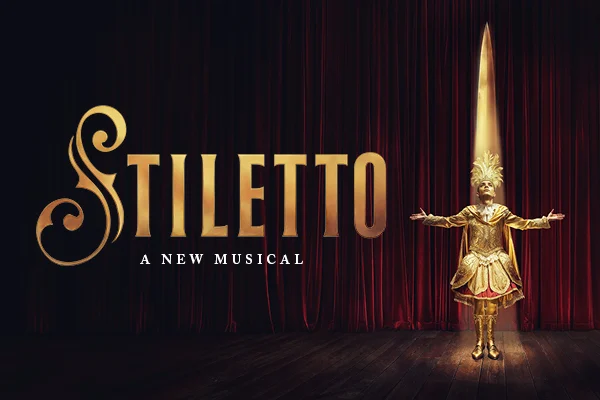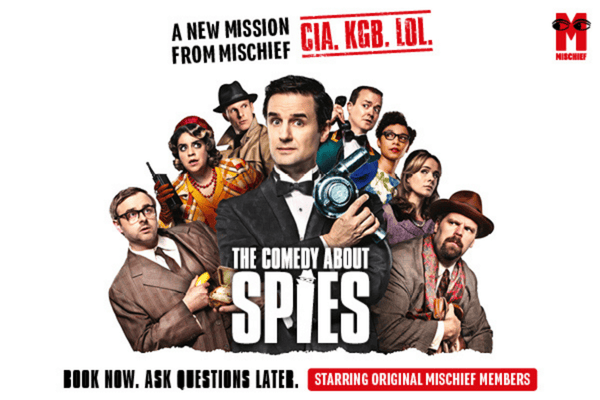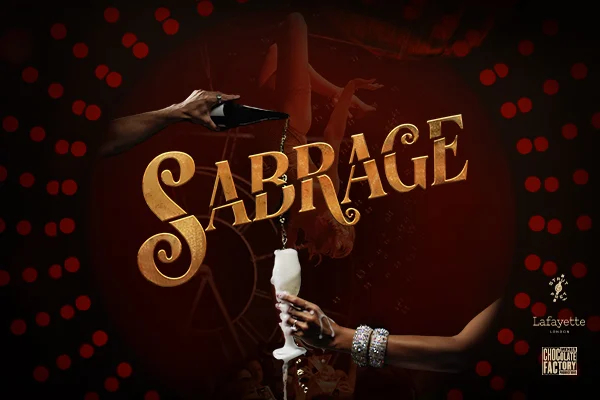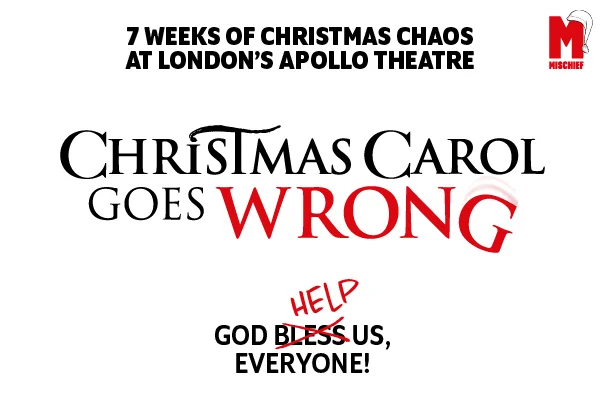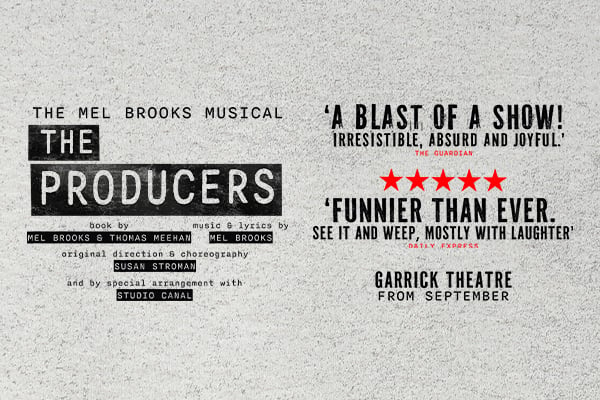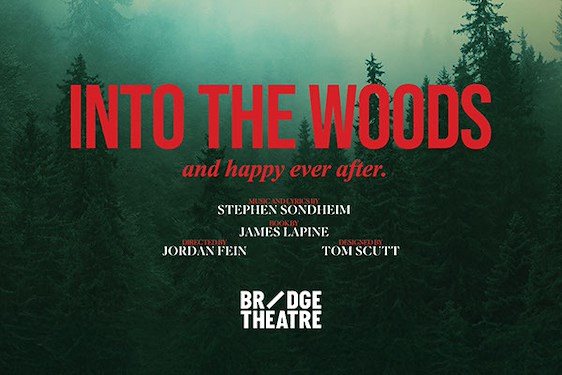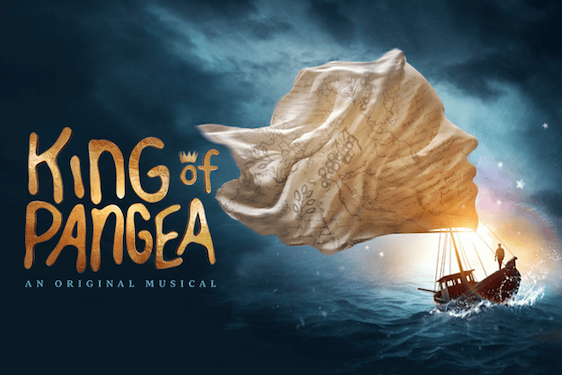After more than 25 years immersed in the Edinburgh Festival Fringe - as a producer, publisher, and perennial audience member - I can confidently say that it's an addictive, intoxicating experience. For newcomers, however, it’s also daunting. The Fringe plays by its own rules, and the learning curve can be steep.
Unless you invest time and money in marketing your show it's unlikely the word will get around until the festival is almost over
Whether you're headed to Edinburgh, Brighton, or any of the other major arts festivals, the insights below are designed to help you not only survive but thrive.
Know Why You're Going
Before anything else, clarify your objectives. Are you launching a new piece of writing, promoting a performer or production company, or simply looking for the thrill of participation? The Fringe is the performing arts equivalent of a trade show. Your "exhibit" is your show, and the ticket sales help cover the cost of putting it on. Just like a trade show, your success will be measured not only by ticket sales but also by what you leave with - industry contacts, reviews, partnerships. Write down your goals and ensure you take steps to achieve them - one essential tip is to make an appointment with the Festival’s Arts Industry Office before you start your run. Go over your goals with them; they know who’s in town and who you should target.
Budget With Reality in Mind
It’s astonishing how many participants underestimate the cost of promoting their show. Marketing isn’t just flyers and posters - it includes PR, digital promotion, photography, and sometimes advertising. Many rely on their venue’s co-op marketing and assume it will do the job. It won’t. A great show with no marketing will likely go unnoticed until it’s too late. Your marketing budget doesn’t have to break the bank, but it should be planned, intentional, and aligned with your goals.
PR: Your Secret Weapon
Public relations can be a game-changer - if handled well. Hiring a reputable PR specialist with fringe experience can make a significant difference, especially if they have contacts in relevant publications. However, if you’re handling PR yourself, be prepared to work. Crafting a strong press release is a skill in itself. Avoid overhyped language - journalists can smell desperation a mile away.
Press Releases: Craft With Care
The humble press release is your first impression - make it count. Write in a format that allows editors to copy and paste easily. Begin with a clear summary, followed by increasingly detailed paragraphs. Send your release as plain text in the email body; avoid bulky attachments and fancy formatting. Press releases aren’t one-size-fits-all: differentiate between news, listings, review invites, and diary pieces. Always provide something of substance - “We’re doing a show” isn’t news.
Know Your Targets
You won’t reach everyone, so identify the publications and platforms that matter most for your show. Local and fringe-specific outlets (like Broadway Baby or The Wee Review) are quicker to press and often more accessible than national media. Focus on the ones whose coverage will help sell tickets. Also, be realistic: reviewers can only see so much. Early buzz and standout visuals help get your show on their radar. Invest in quality photography - grainy rehearsal snaps won’t cut it.
Engage Early and Often
Don’t wait until the festival starts to promote. Build interest ahead of time through social media and pre-festival content. Follow and interact with key publications and reviewers. Use Instagram, TikTok, etc wisely - tailor your content for each platform, and avoid spamming. Create a Facebook Event and encourage your team to share it. Use hashtags on flyers to encourage audience engagement. A strategic social presence can make your show feel like an unmissable event.
Advertising: Spend Smart
Advertising in the Fringe Programme is often worth the cost, but consider other channels where your audience is most likely to be. Support fringe press through ad spend - they’re the ones providing real coverage. Budget around 10% of your average ticket price per seat for marketing. Digital ads on Facebook or Google allow precise targeting and can be cost-effective. Be prepared with standard ad formats so you can jump on last-minute deals. And steer clear of glossy “fringe” mags that offer little more than expensive advertorials.
Capitalise on Good Reviews
When the stars come in, shout about it. Be ready to update flyers and banners quickly. Better still, plan ahead by leaving space on your flyer design for review quotes. Local and online printers can turn around new flyers in 24 hours, which is far less painful than hand-stapling paper scraps onto thousands of flyers. Promote your glowing reviews with targeted online ads and social posts. One £36 Broadway Baby ad blast might bring you more ticket sales than a day flyering on the Mile.
Develop a Consistent Brand
Branding isn't just for big companies - it’s essential at the Fringe. With thousands of shows jostling for attention, a distinctive, consistent image can make all the difference. Whether someone sees your poster, your Instagram Reel, or a printed flyer, they should instantly recognise the tone and aesthetic of the production. Test your design with others before finalising it. Simplicity, clarity, and visual impact are key. Once your visual identity is set, expand it to merchandise: T-shirts, beer mats, tote bags, badges - whatever makes your show stand out.
Get Social
Social media deserves its own attention. Platforms like Instagram and TikTok can be incredibly powerful if used well. Don’t just post posters - offer behind-the-scenes footage, rehearsal moments, meet-the-cast videos, or funny snippets that reflect the mood of the show. Create conversation, not just promotion. Use hashtags, geotags, and calls to action to amplify your reach. And make it easy for your audience to do the same - encourage them to post, tag, and review.
Showcase Your Talent
Consider previewing your work with a promotional video or teaser. Live tasters at High Street showcases or in-venue bars can also be effective, especially for musical or comedic material. Dramatic excerpts often suffer when pulled out of context, so consider whether your show lends itself to a short, punchy scene. If you’re in a larger venue, ask about performing at their “best of” shows or bar spots.
Flyering & Papering With Purpose
Flyering on the Royal Mile is iconic, but not always effective; far better to flyer outside your venue in the hour before your show goes up. Target your audience. If your show appeals to a specific demographic - LGBTQ+, parents, sci-fi fans - find them where they are. Visit themed bars, clubs, and businesses, and get posters in strategic spots (a pub toilet wall often works better than you’d think). Papering shows (giving out free tickets) can help fill early performances, which in turn builds buzz. But do it smartly - invite locals or visitors who’ll be around long enough to pass word of mouth, not just random passers-by.
Final Thoughts
In the end, promoting a fringe show is about building bridges - between you and your audience, between your work and the press, between your ambitions and the reality of the festival world. Done right, promotion isn’t a burden - it’s an extension of your creativity, your voice, and your belief in what you’ve made. And when it works, it’s magic.






